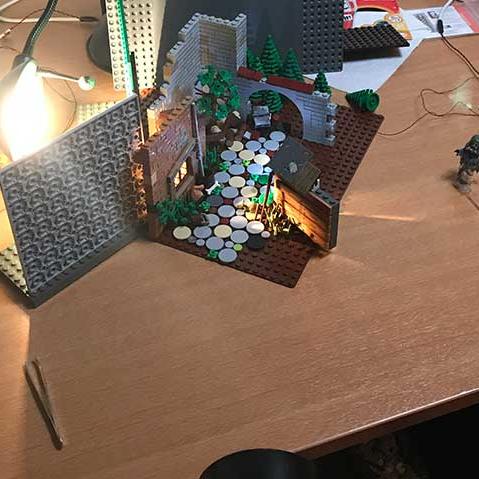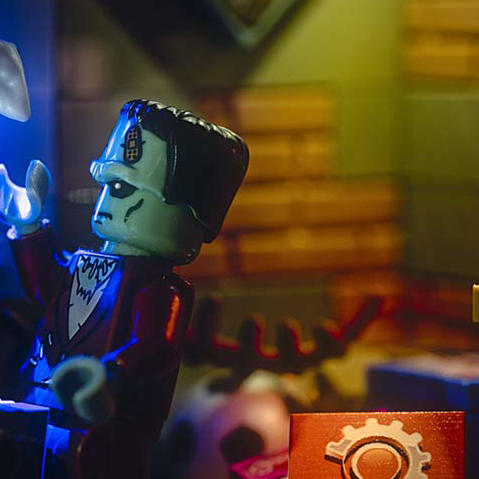Camera angles – a guide for Lego comics
Original: August 26, 2018 latest: February 20, 2022
This post on camera angles follows the post on camera shots. I will discuss the basics of camera angles in Lego comics. Though you can also use this information for Lego photography, not related to comics.
What are camera angles?
The term itself says it all, camera angles are the angles at which you shoot a photo of a subject. Using different angles can effectively add subtext to an image. By using your camera-angles carefully, you can, per example, make characters look like giants or dwarfs, cool or insecure. Also, buildings can look larger or smaller than in reality, making them look very impressive or insignificant. Just like minifigures. Besides, you can influence the atmosphere of a panel or person. Is everything okay, or is something/ someone off? Choose your angles carefully, you don’t want to convey these kinds of information by accident.
The infograph gives you a summary of camera angles for Lego photography.
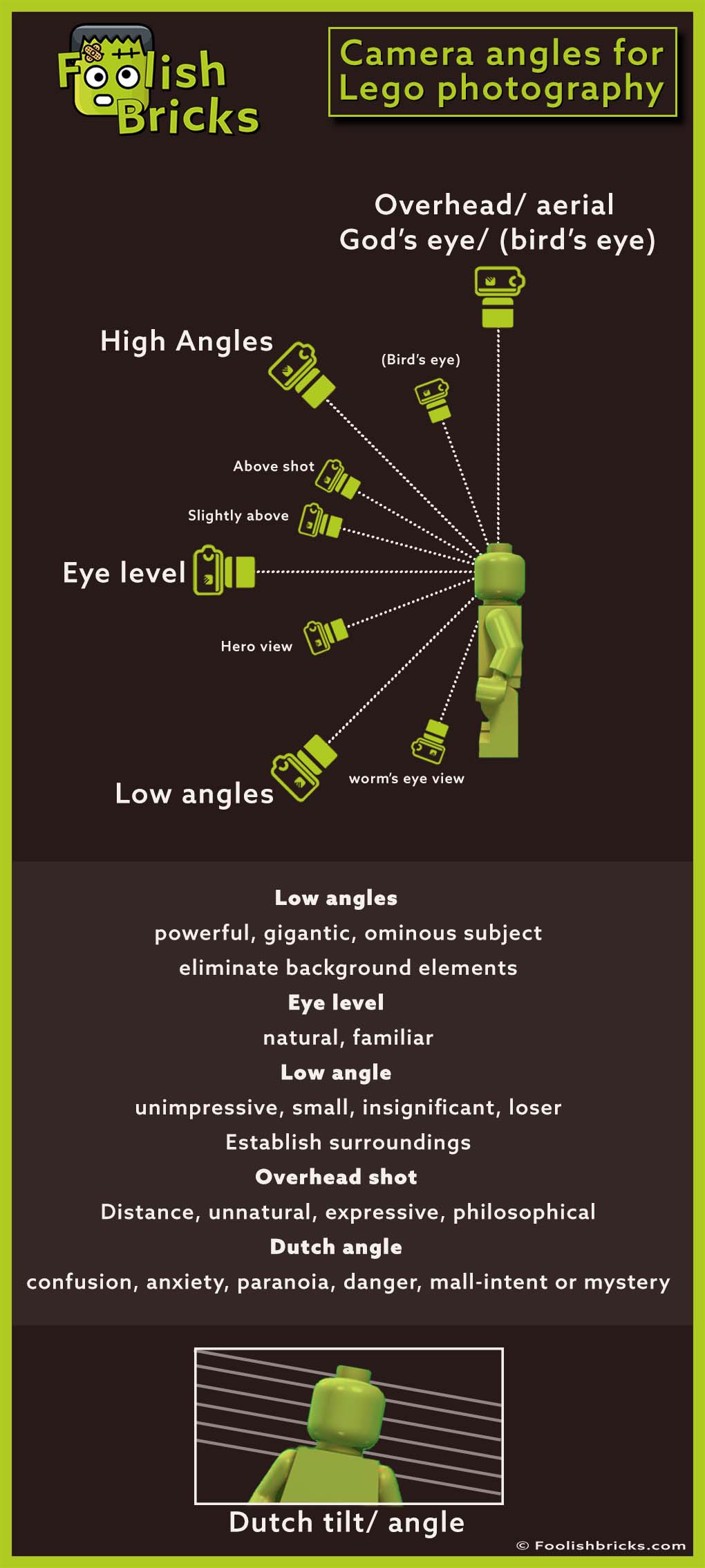
Types of camera angles
Low-angle shot
The low-angle shot makes a character (or object/ building) look strong, powerful, gigantic and/ or ominous. You can also use this angle as a point of view (POV) shot from a character. In those cases, the readers might share a feeling of awe with the character whose point of view is showing.
Examples in movies for this angle as point-of-view are dog-movies or the ant-man. In those movies, you instantly know you are seeing through the eyes of the dog or small antman whenever they use a low angle camera shot.

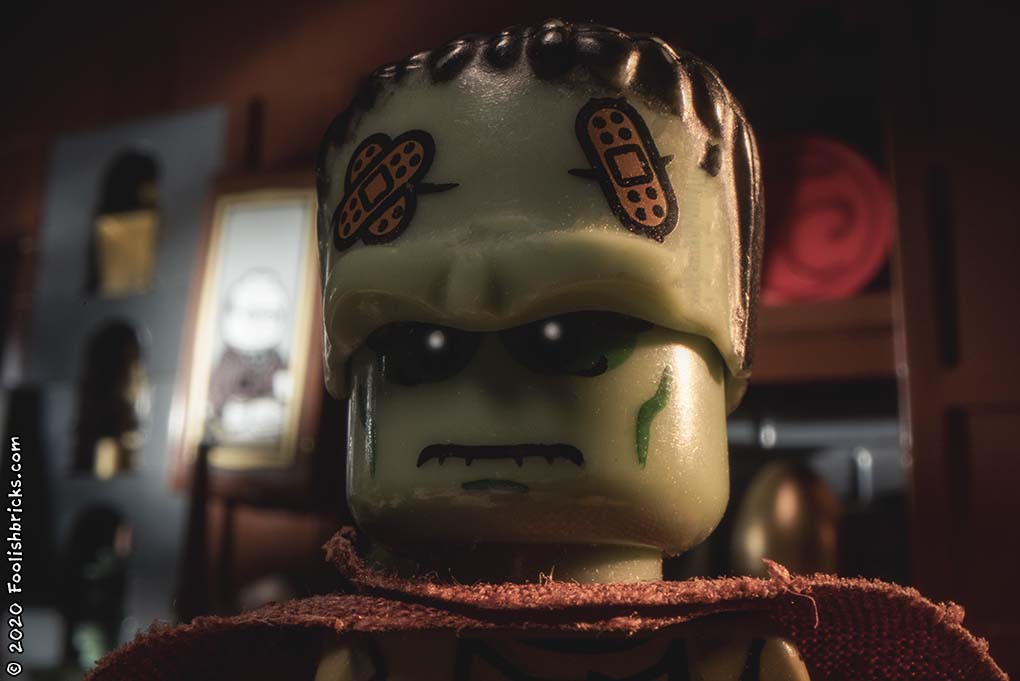
There are several angles within the low angle family, like the hero view/ shot (low-angle shot with a wide-angle lens, which will help you capture the visual information surrounding the characters in the frame and makes the subject seem larger than life) and worms eye view (very low shot).
Last, low-angle shots can also be useful to eliminate something in the background which is visually distracting or unwanted for the shot.
Eye-level shot
Eye level, and slightly-below-eye-level, are the camera angles which are used most. Especially in conversations. This is the most natural angle to most readers and has no real dramatic power. You can use it to convey familiarity with the character.
If you deviate from this angle, make sure you think about the why. For example, in a dialog scene, you can make a character look more or less significant than its conversation partner.


High angle
At a high angle, the camera looks down on characters or objects. This makes them less impressive, small and insignificant. The readers seem to dominant the depicted character. Sometimes you can even make the character look scared or like a loser.
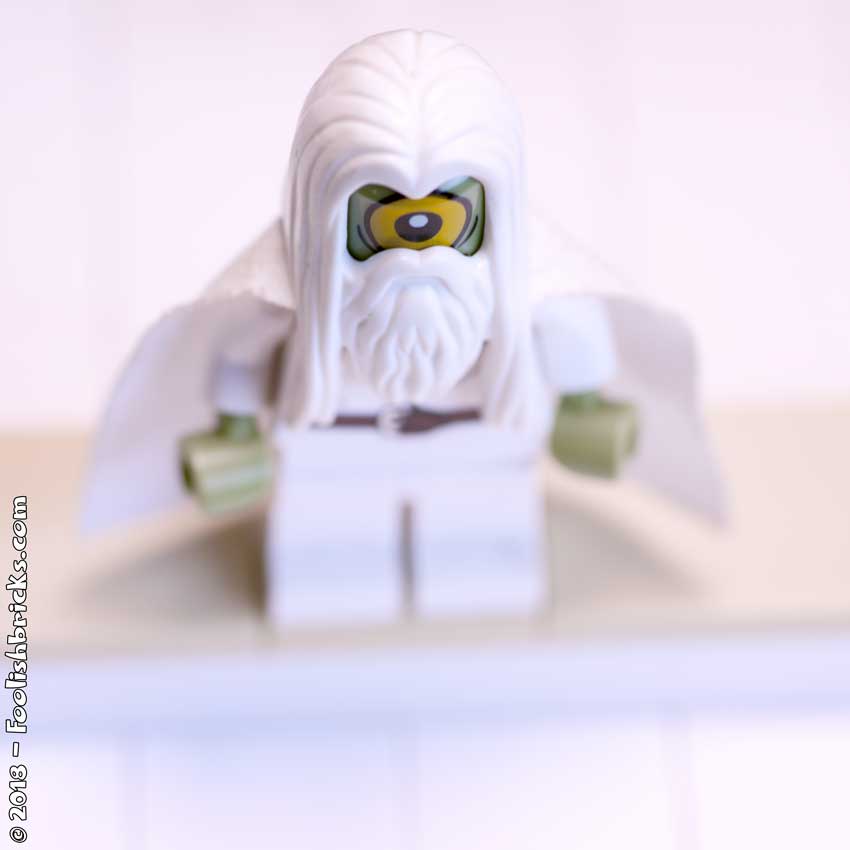

There are several angles within the high angle family, like the slightly above shot and above shot. Some name a very high angle the bird’s-eye angle instead of the overhead shot (see below).
Last, high angle shots can bring extra attention to the environment and help connect the character(s) to the surroundings.This makes high angle shots excellent for establishing shots (for example, combined with an (extreme) long shot).
Overhead shot/ aerial shot/ bird’s-eye/ God’s eye shot
An extreme version of the high-angle shot is the overhead shot. A very unnatural view of a scene. It makes the readers look down on the characters and surroundings as if they were a bird or on a plane.
It is a distant, remote point of (world) view and you can use it to convey philosophical thoughts and ideas.
Another thing to remember is that it can make characters or objects unrecognizable or look strange from this angle (like hats, parasols, etc).
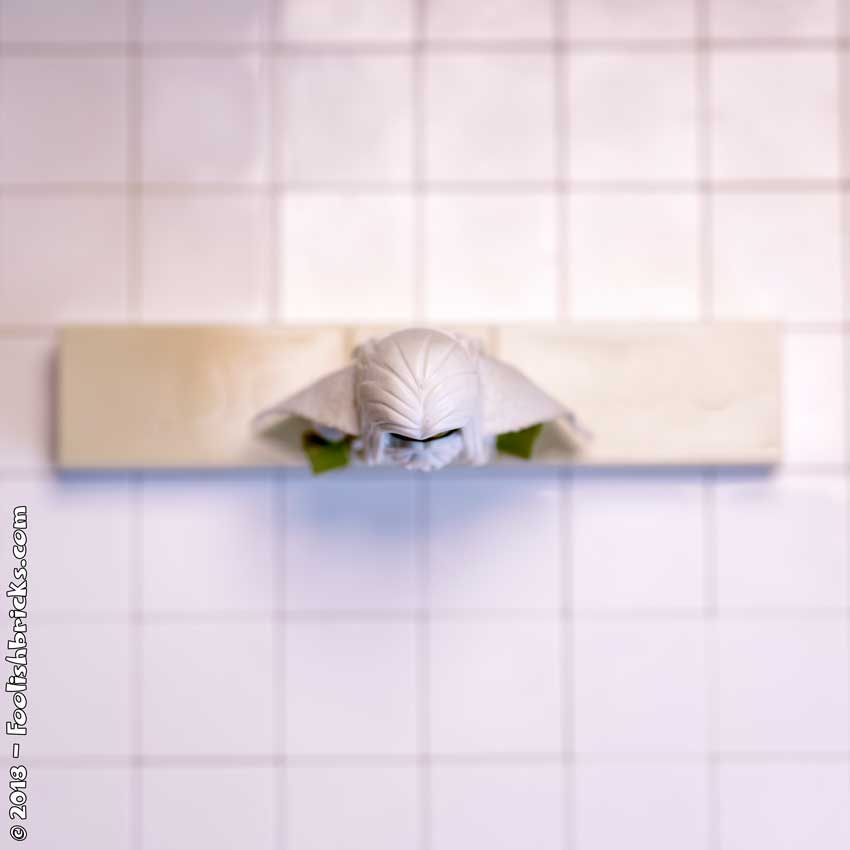
Dutch tilt
The Dutch tilt is a camera angle that makes the reader feel there is something off or wrong. It’s a confusing viewpoint for most readers. Usually we strive for straight lines in a photo (like the straight horizon). This is important because apparently human perception is very sensitive to off-levels, especially off-level verticals rather than off-level horizontals. This means that off-levels will create some sort of tension or confusion.
The more the angle is off, the more confusion is conveyed. Be careful not to overdue it though!
This angle is used just for that; to create confusion, anxiety, paranoia, danger, mall-intent or mystery.


What angle to use
What angle do you need to get your story across the best you can?
In normal circumstances, try to shoot at eye levels of your characters. Many Lego comics out there are shot in high-angle shots and doing so makes the Lego minifigures unintentionally look small. It also makes everything look even more artificial than it already is and can take the reader out of the story.
Again, what story are you trying to tell? Adjust the composition, camera shot and camera angle to help you tell the best story through your photo!
Camera angles vs. lenses
You can use any camera or lens. Especially smartphone cameras are so small you can easily set them at the angle you’d like. Especially low angles are easy to get with smartphones as opposed to with larger camera-lenses. Yet, with some creativity, every angle can be achieved with every camera as long as you set up your scene high enough in relation to your camera.
In conclusion
There you have it. These are basically the most important camera angles to know. When thinking about shooting the scenes for your Lego comic, make sure to use the right shots and angles. Combine camera shots and camera angles to make the best of the composition of your Lego comic panels and optimise your photo for storytelling.
OTHER POSTS THAT MIGHT INTEREST YOU;
Teleporting Amida
January 5, 2019
Behind the scenes: “Back alley ghost”
August 19, 2018
Lighting a scene; white-balance part 1
February 22, 2018
You can subscribe to the newsletter to receive occasional updates from Foolish Bricks.

